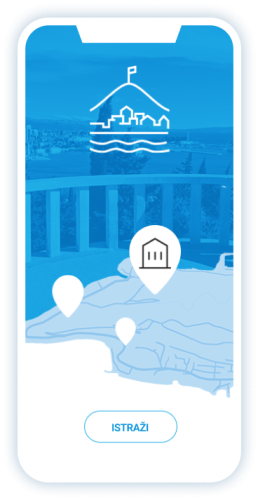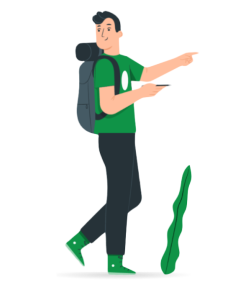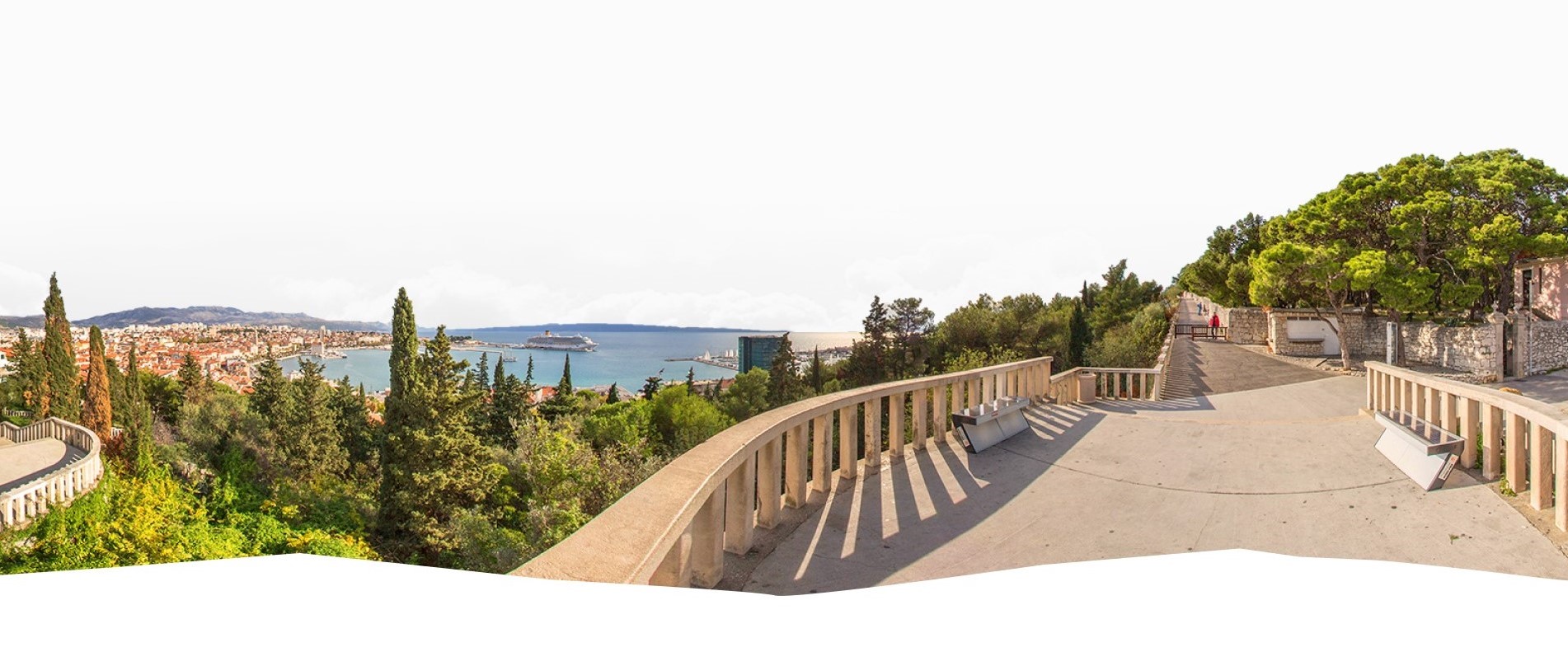The protection of Marjan dates back to the 14th century, as evidenced by the Statute of Split from 1312, where it says: “It is established and ordered that no one shall cut wood or branches on Mount Seranda, and if one does, one shall pay four libras... Those who cut or carry wood or branches from Seranda and those who take their cattle to graze the treasures of the church of St. Anastasia from the Day of St George to Christmas day, must be reported to the rector.… (op. od 23. ožujka do 25. prosinca).
We also require that any person caught entering the vineyard or garden with the intention of causing damage must pay a fine of five libras, half of which goes to the Municipality and the other half to the injured party. And if these offenses are committed at night, he shall be fined ten pounds, and if the transgressor cannot pay, they shall be whipped through the city.” (The Statute, book IV, c. XC, p. 175.)
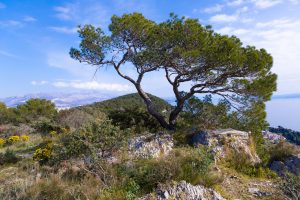
To better preserve the forest, starting in 1339, two Split nobles were elected from among the members of the city's Grand Council to watch Marjan through their guardians. In 1358, the city's Great Council finally introduced the practice of appointing permanent guardians to oversee Marjan. Every day, two guards were sent to guard Marjan, and they were paid by the owners of arable land on Marjan. They also received half of the collected fines. Despite the strict sanctions mandated by the Statute, the destruction of the forest continued due to the expansion of settlements on the Marjan slopes, as well as logging, grazing, wars, and arson. As a result, by the 17th century, Marjan was completely devastated and reduced to bare karst, as depicted in drawings and lithographs from that time. Marjan would retain this appearance until the 19th century, when its gradual revitalization began.
The Association for the Advancement of Agriculture Societa agronomica started a project to reforest Marjan. The first trees were planted in the area of the Jewish cemetery in 1852, which was financed by the Jewish community. A more intensive afforestation began began with the arrival of the People's Party to power in 1882. The action was initiated by the Split professor and natural scientist Juraj KolombatovićThe Association for the Advancement of Agriculture "Societa agronomica” started a project to reforest Marjan. The first trees were planted in the area of the Jewish cemetery in 1852, which was financed by the Jewish community. A more intensive afforestation began with the arrival of the People's Party to power in 1882. The action was initiated by the Split professor and natural scientist Juraj Kolombatović. The intention was to restore the autochthonous holm oak forest, but the barren soil of Marjan still needed other cultures. An afforestation project was developed for this purpose, selecting the Aleppo pine, an allochthonous species, for planting. This species tolerates drought well, does not require deep soil, and its rotting needles create new soil, making it suitable for afforestation. projekt pošumljavanja i za sadnju je odabrana alohtona vrsta – alepski bor – vrsta koja dobro podnosi sušu i ne zahtijeva duboko tlo, a truljenjem iglica nastaje novo tlo pa je pogodan za pošumljavanje.
In botanical terms, the Aleppo pine has suppressed numerous plant species, transforming Marjan into a monoculture forest. This means that 90 percent of the plants are Aleppo pine, with other species making up only 10 percent. In landscape terms, Aleppo pine dominates a large part of Marjan, interspersed with patches of the native maquis shrubland that once covered the area. Thanks to the afforestation of Marjan and the construction of roads, the Marjan forest has turned into a recreational zone of tremendous value for the citizens of Split, who call it ‘the lungs of the city’. As the city of Split expanded and residential areas occupied more space, the city lacked greenery and a place for rest and recreation. Therefore, Marjan was also envisioned as a city park. That is why foreign species such as agaves and prickly pears have been planted in some areas. Biological research included the entire flora of Marjan, which consists of more than 400 plant species. The research identified all the endemic, protected, endangered and allochthonous species, including some invasive ones. Approximately 3.5% of Marjan’s flora consists of endemic and endangered plants, while around 10% of the overall flora is protected. The diversity of the flora is particularly visible on the main ridge of Marjan – Jerolimske stijene [the cliffs of Jerolim], where human influence has been minimal. This area is therefore classified as a zone of special biological value.
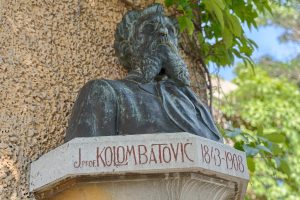

On December 16, 1964, the Marjan peninsula with Sustjepan in Split was declared a nature reserve/forest park and as such was included in the “Register of Protected Natural Objects”. The explanation states that Marjan, alongside its forestry and natural scientific significance, and its position in the hinterland of Split, with which it has grown into an indivisible geographical unit, also has great recreational and tourist value.



